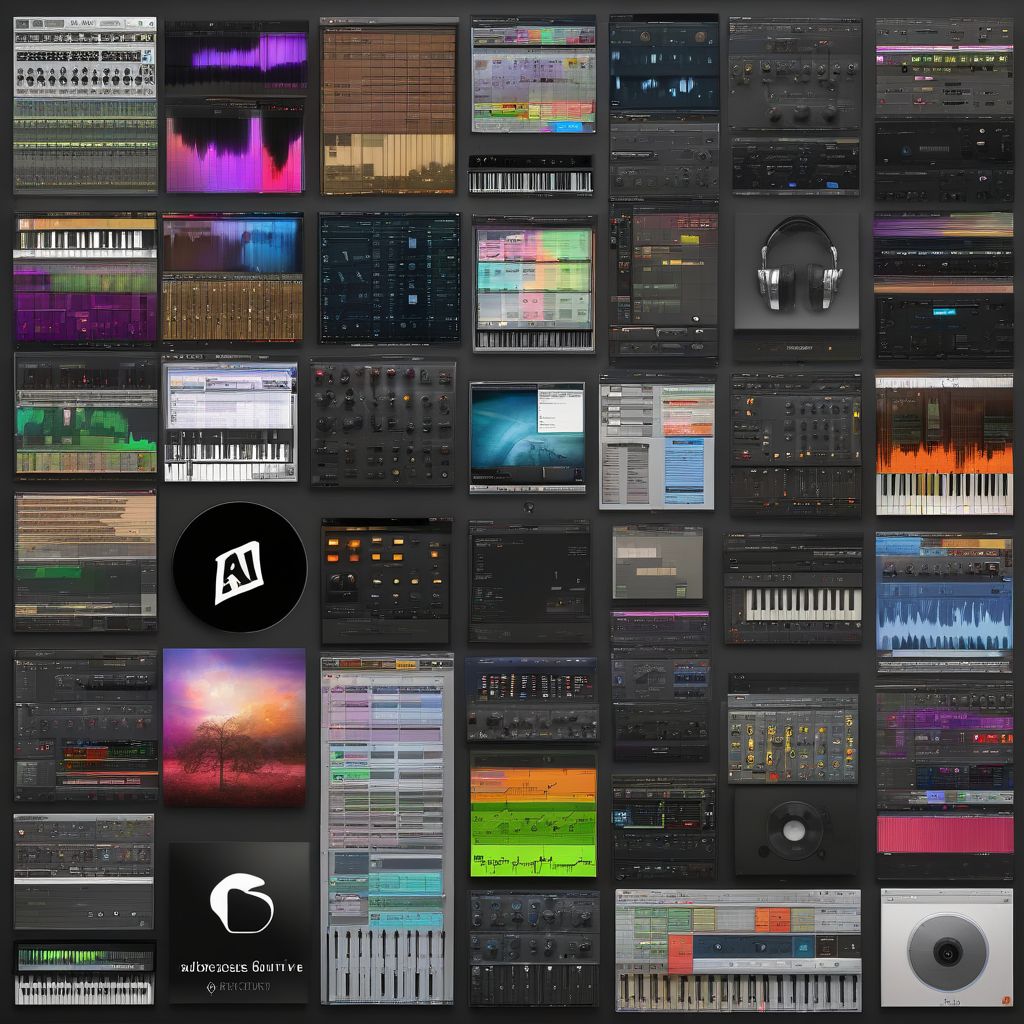Ever dreamt of crafting your own music, but felt overwhelmed by the sheer amount of software options? You’re not alone! Choosing the right Digital Audio Workstation (DAW) is a crucial first step for any aspiring music producer. It’s the heart of your studio, the place where you’ll breathe life into your musical ideas. But with a market saturated with diverse DAWs, each boasting unique features, finding the perfect fit can feel like navigating a labyrinth.
Don’t worry, we’re here to guide you through! This article breaks down the essential factors to consider when choosing the best DAW for your specific needs and aspirations. Let’s transform that overwhelming feeling into excitement as you embark on your music production journey!
Understanding Your Needs and Workflow
Before diving into the world of DAWs, take some time to reflect on your musical aspirations and workflow preferences.
1. What’s Your Musical Genre?
Different DAWs excel in specific genres. If you’re drawn to electronic music production, a DAW renowned for its intuitive MIDI editing and vast virtual instrument library (like Ableton Live or FL Studio) would be ideal. On the other hand, Logic Pro X might be a perfect match if you’re inclined towards recording live instruments and producing band-oriented music.
2. What’s Your Budget?
DAWs range from free options to premium software with hefty price tags. Determine your budget early on. Some popular free DAWs, like GarageBand (Mac only) or Audacity, offer excellent features for beginners. As you progress, you can explore more advanced options like Steinberg Cubase or Avid Pro Tools, known for their industry-standard features.
3. What Kind of Computer Do You Have?
DAWs can be resource-intensive applications. Ensure your computer meets the minimum system requirements of your chosen DAW. Pay attention to the operating system compatibility – some DAWs are exclusive to Windows or macOS, while others offer cross-platform compatibility.
 Best DAWs for Beginners
Best DAWs for Beginners
Essential DAW Features to Consider
While each DAW has a unique interface and workflow, several core features remain consistent across most platforms. Understanding these features and their relevance to your workflow is vital for making an informed decision.
1. Recording Capabilities
The foundation of any DAW lies in its recording capabilities. Evaluate the number of simultaneous audio tracks the DAW supports, especially if you plan on recording live instruments or vocals. Features like comping, punch-in recording, and latency compensation can significantly impact your recording workflow.
2. MIDI Editing and Virtual Instruments
For composers and electronic music producers, robust MIDI editing capabilities are essential. Consider the DAW’s piano roll editor, MIDI effects, and ease of use in creating and manipulating MIDI data. Explore the built-in virtual instruments and sounds, as they can play a significant role in shaping your sonic palette.
3. Mixing and Mastering Tools
Every DAW comes equipped with a suite of mixing tools, including EQs, compressors, reverb, and delay effects. Assess the quality and versatility of these built-in effects. Some DAWs offer advanced features like automation lanes, sidechain compression, and support for external plugins, empowering you to achieve professional-sounding mixes.
4. User Interface and Workflow
The user interface plays a crucial role in your overall experience. Experiment with different DAWs to find an interface that feels intuitive and conducive to your creative process. Consider factors like window management, track organization, and the ease of navigating menus and settings.
Popular DAWs: A Quick Comparison
Let’s compare some popular DAWs to illustrate how their strengths cater to different production styles and user preferences:
- Ableton Live: Renowned for its intuitive session view, ideal for electronic music production, live performance, and loop-based composition.
- Logic Pro X: A comprehensive DAW exclusive to macOS, known for its vast sound library, powerful MIDI editing, and user-friendly interface.
- FL Studio: A popular choice for hip-hop and electronic music producers, celebrated for its fast workflow, pattern-based sequencing, and lifetime updates.
- Pro Tools: The industry-standard DAW for recording studios, favored for its robust audio editing, mixing capabilities, and compatibility with industry-standard hardware.
Making the Final Decision
Choosing the “best” DAW is subjective and depends on your specific needs and workflow. Don’t hesitate to download trial versions of different DAWs to get a feel for their interface and features.
Remember, the most expensive or feature-rich DAW might not necessarily be the best fit for you. The key is to find a DAW that feels comfortable, inspires creativity, and empowers you to bring your musical visions to life.
Conclusion
Choosing the right DAW is a significant step for any aspiring music producer. By carefully considering your musical goals, budget, and desired workflow, you can confidently navigate the world of DAWs and find the perfect sonic companion for your creative journey.
Remember, the learning curve is part of the process. Embrace the journey, experiment, and enjoy the endless possibilities that music production offers!
[amazon bestseller=”beginner music production”]
